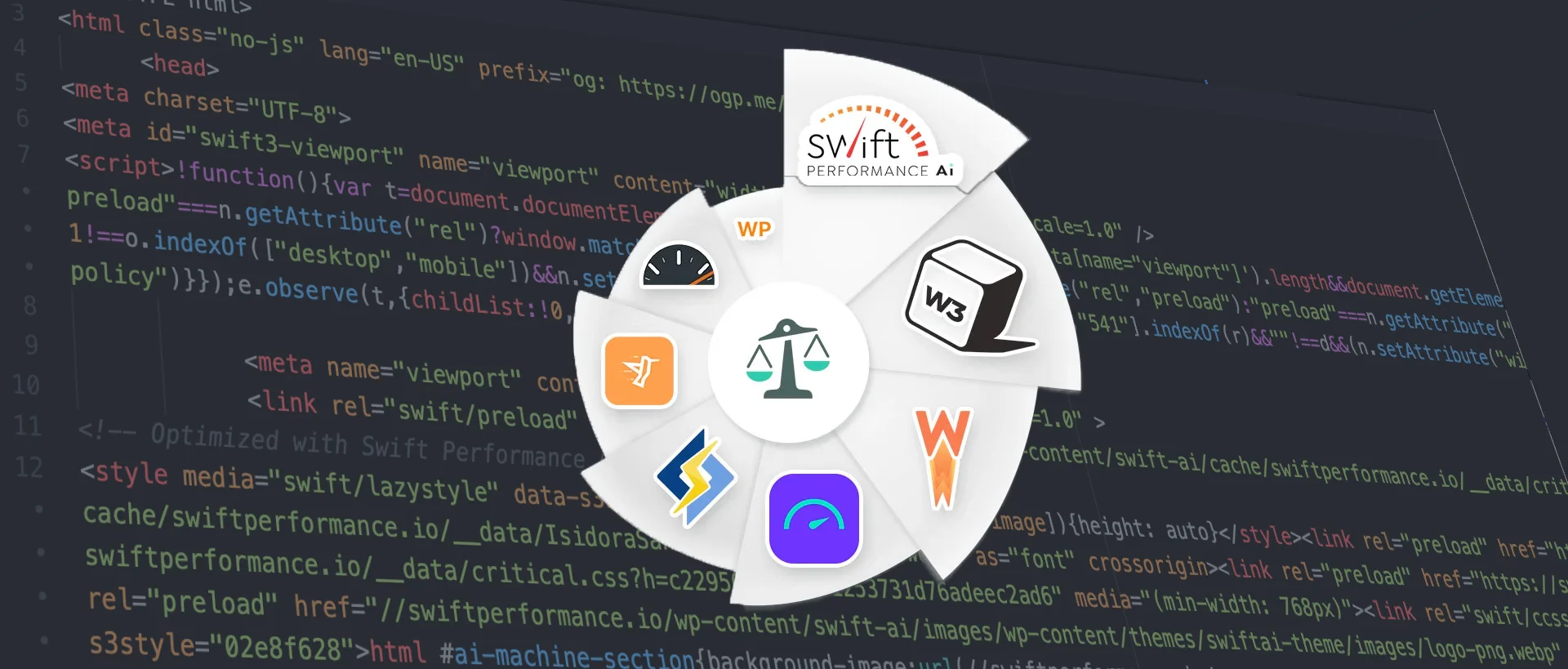Most cache plugins offer a logged-in cache, but often it’s more of a necessary feature rather than a true solution for logged-in users. Let’s explore why:
- If we show cached pages to logged-in users, we can’t display personalized content on the site.
- If we create separate caches for each user, the content becomes personalized, but if a website has 30 pages and 100 users, that results in 3,000 cached pages. This takes up a lot of storage space, and it also requires a lot of time and CPU power to pre-load the cache, often for users who may not even log in for months.
Moreover, there are pages that we can’t cache at all, such as the cart and checkout pages. Additionally, there are requests that can’t be cached, like WooCommerce AJAX requests.
Another significant issue is speeding up administrative operations on the admin interface.
These pages can also be optimized with the help of a plugin organizer, but this requires manual setup and some expertise.
How is Swift Performance AI Different?
Swift Performance AI takes multiple approaches to solve these problems. As we’ve come to expect from Swift, these are typically unique, innovative solutions that no other optimization plugin offers.
Fragments
The Swift Performance AI Fragments feature allows personalized content to be loaded via AJAX requests. This way, logged-in users can be served from the cache, and the personalized parts also get loaded.
Moreover, if you enable the Collage option, Swift automatically detects and loads certain content as fragments, such as the admin bar for logged-in users.
Checkout Booster
As mentioned earlier, the cart and checkout pages can’t be cached. However, Swift AI provides a solution for this as well, as it pre-generates and caches these pages in the browser for the visitor. This means that when the user clicks on the cart or checkout button, the page loads almost instantly from the browser cache, improving the shopping experience.
Code Optimizer
With the Code Optimizer, Swift AI can automatically disable plugins for certain requests (such as AJAX requests, REST API requests, etc.) that can be safely optimized, even on the admin interface. Although this option is still experimental, the results so far have been very promising.








